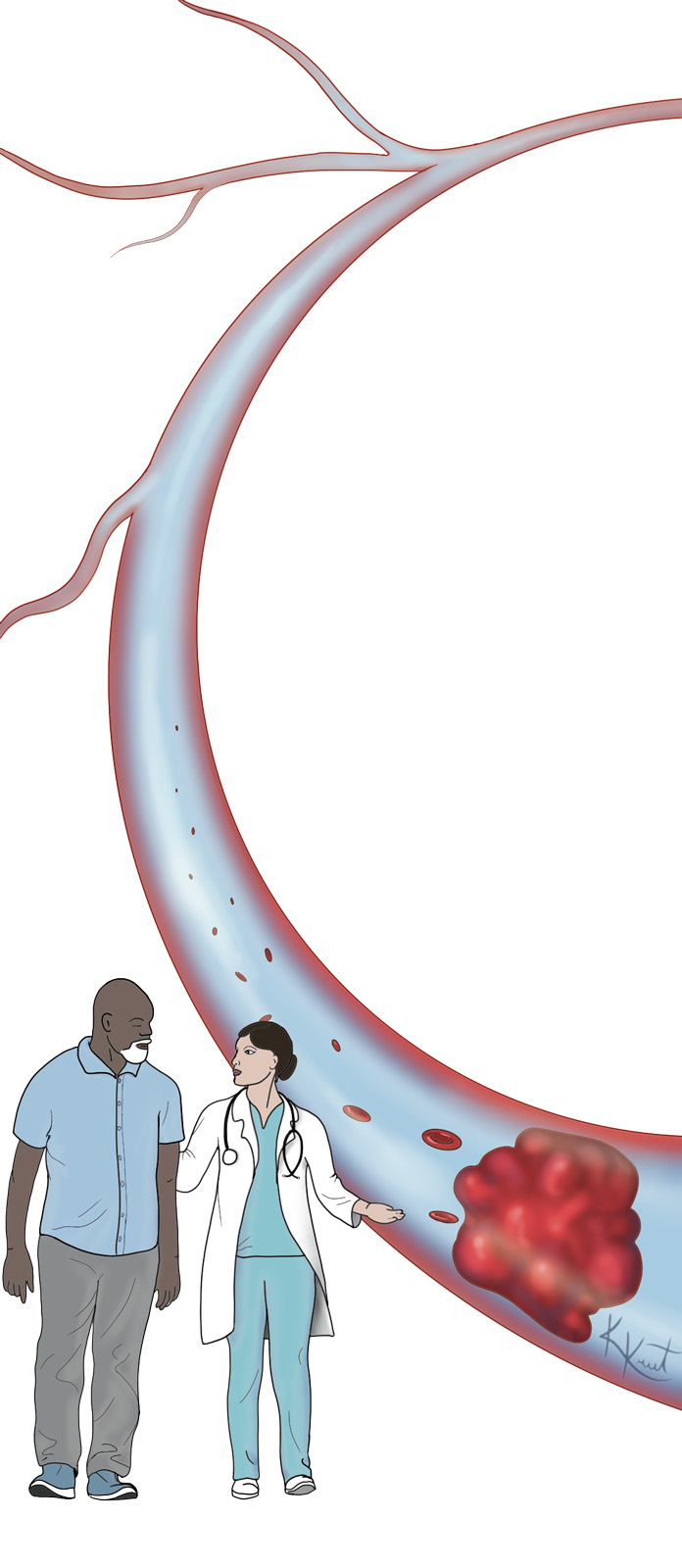Pulmonary Embolism Response Team (PERT)
A pulmonary embolism (PE) is caused by a blood clot that forms in the legs and travels
to the lungs; this is a very serious condition, so getting evaluated quickly is critical.
At Augusta University Health, our PERT team is in place to respond rapidly and provide
you with lifesaving care.
Pulmonary Embolism Response Team (PERT)
A pulmonary embolism (PE) is caused by a blood clot that forms in the legs and travels
to the lungs; this is a very serious condition, so getting evaluated quickly is critical.
At Augusta University Health, our PERT team is in place to respond rapidly and provide
you with lifesaving care.
About Us
The Pulmonary Embolism Response Team (PERT) at AU Health was established in 2019,
recognizing the benefits of having a quick-response multidisciplinary team of healthcare providers ready to identify the best ways to diagnose and treat patients
with PE.
Our team is comprised of:
- Cardiologists
- Cardiothoracic surgeons
- Hematologists
- Pulmonologists
- Radiologists
- Pharmacists
Who's at Risk for Pulmonary Embolism

Anyone can develop blood clots, but there are certain factors that can increase your
risk. These include:
- Certain medical conditions, such as heart disease, cancer, and clotting disorders
- Recent surgery or hospitalization
- Sitting and lying down for long periods of time
- Smoking
- Being overweight
- Taking hormone replacement or birth control
- Age
- Pregnancy
- Family history
Symptoms
If you are feeling any of these symptoms, you should seek immediate medical attention.
If you are already in the hospital, you want to alert a nurse right away.
Symptoms of pulmonary embolism can include:
- Sudden shortness of breath (most common)
- Light-headed
- Chest pain or back pain that comes on suddenly and feels worse when you take a deep
breath or cough
- Cough or coughing up blood
Treatments for PE
Over the years, AU Health has been a leader in providing PE patients with advanced
treatments including:
- Anticoagulants (blood thinners)
- Thrombolytics (clot busters), which dissolve and break up clots
- Catheter-directed thrombolysis (CDT), a minimally invasive procedure in which a catheter is inserted to dissolve the clot
in the lungs
- Mechanical thrombectomy, a minimally invasive procedure where a catheter is inserted to remove clots from the
lungs
- Surgical pulmonary embolectomy, an open heart surgical procedure to remove the clot.
Prevention
Improve blood flow in your lungs when sitting or lying for long periods of time.

- Get up and walk every 2-3 hours if possible
- Do seated leg stretches:
- Raise and lower heels while keeping toes on the floor
- Raise and lower toes while keeping heels on the floor
- Tighten and release leg muscles
- Talk to your doctor if you are at risk for PE
Additional Information
Find out more about pulmonary embolism from these resources:


